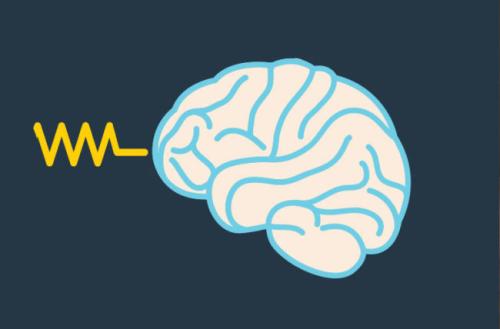
ADHD Symptoms Include:
- Short attention span
- Hyperactivity
- Impulsiveness
- Fidgeting
- Disorganization and difficulty prioritizing
- Poor time management
- Frequent mood swings
- Forgetfulness
- Trouble multitasking
- Inability to control anger or frustration
- Trouble completing tasks
- Distracted easily
- Difficulty awaiting turn
Attention deficit hyperactivity disorder, or ADHD, is a neurological condition defined by a consistent pattern of inattention and/or hyperactive impulsivity that interferes with daily functioning in at least two settings – for example, at school and at home. It impacts children and adults, boys and girls, and people of all backgrounds. The symptoms above represent the broad range of symptoms associated with ADHD, though symptoms will differ depending on which type of ADHD you have. ADHD comprises 3 different types:
- inattentive type
- hyperactive type
- impulsive type
What’s more, ADHD symptoms often look different in children than they do in adults. But this is universal: If you recognize the signs of attention deficit in yourself or your loved one in the following ADHD symptoms, and those symptoms persistently disrupt life in multiple settings, you may be dealing with ADHD. If you suspect that you have ADHD or ADD, contact your medical health-care professional for a diagnosis and bring the results of one of the ADHD symptom tests below with you for review.
According to the Diagnostic and Statistical Manual of Mental Disorders checklist, at least six of the following ADHD symptoms must apply to merit a diagnosis:
ADHD Symptoms: Inattentive ADD Checklist
- Fails to give close attention to details or makes careless mistakes in schoolwork, work, or other activities.
- Has difficulty sustaining attention in tasks or play activities.
- Does not seem to listen when spoken to directly.
- Does not follow through on instructions and fails to finish schoolwork, chores, or duties in the workplace (not due to oppositional defiant disorder (ODD) or failure to understand instructions).
- Has difficulty organizing tasks and activities.
- Avoids, dislikes, or is reluctant to engage in tasks that require sustained mental effort (such as schoolwork or homework).
- Loses things necessary for tasks or activities (e.g., toys, school assignments, pencils, books, or tools).
- Easily distracted by extraneous stimuli.
- Forgetful in daily activities.
At least six of the following signs of hyperactivity-impulsivity must apply to merit an ADHD diagnosis:
ADHD Symptoms: Hyperactive ADHD Checklist
- Fidgets with hands or feet or squirms in seat.
- Leaves seat in classroom or in other situations in which remaining seated is expected.
- Runs about or climbs excessively in situations in which it is inappropriate (in adolescents or adults, may be limited to subjective feelings of restlessness).
- Has difficulty playing or engaging in leisure activities quietly.
- Appears “on the go” or acts as if “driven by a motor”.
- Talks excessively.
ADHD Symptoms: Impulsive ADHD Checklist
- Blurts out the answers before the questions have been completed.
- Has difficulty awaiting turn.
- Interrupts or intrudes on others (e.g., butts into conversations or games).
- Some hyperactive-impulsive or inattentive symptoms that caused impairment were present before age 7.
- Some impairment from the symptoms is present in two or more settings (e.g., at school [or work] and at home).
- There must be clear evidence of clinically significant impairment in social, academic, or occupational functioning.
- The symptoms do not occur exclusively during the course of a pervasive developmental disorder or other psychotic disorder, and are not better accounted for by another mental disorder (e.g., mood disorder, anxiety disorder, dissociative disorder, or a personality disorder).
Back to Blog
